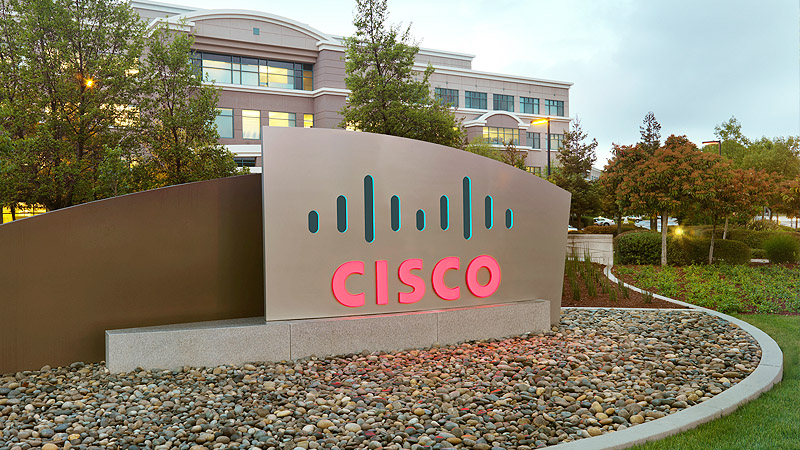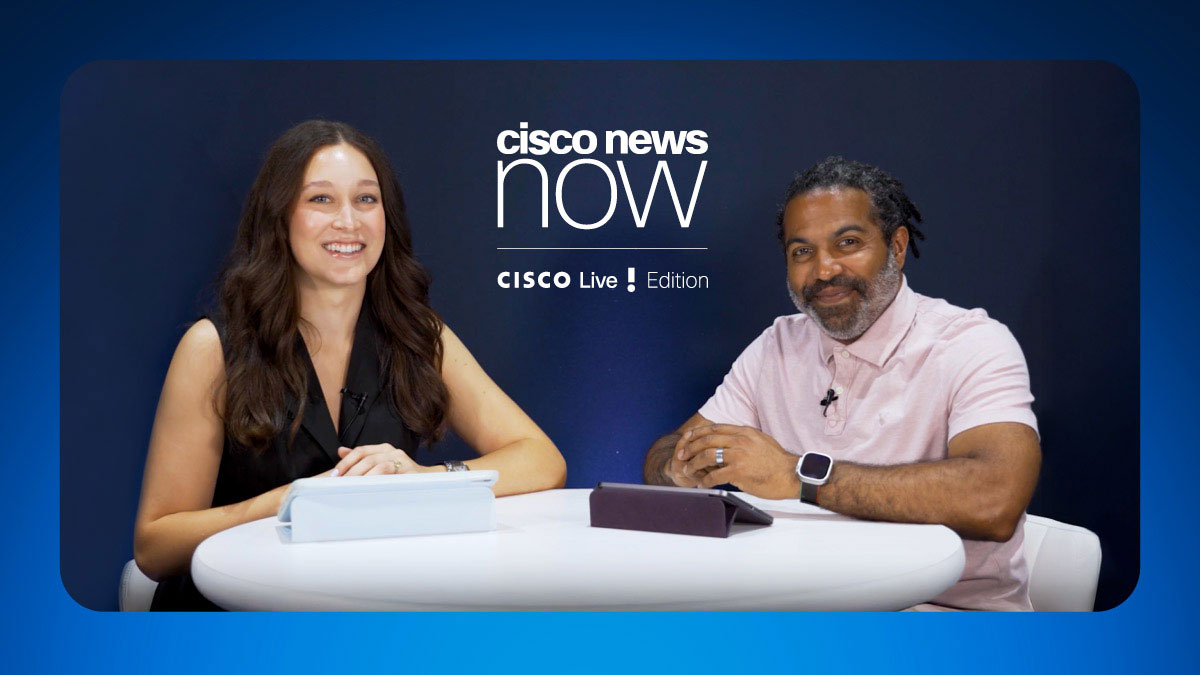SAN JOSE, Calif. -- September 27, 1999 -- To help service providers and enterprises prepare their networks to manage the demands of the burgeoning Internet economy, Cisco Systems, Inc., the worldwide leader in networking for the Internet, today announced delivery of a content networking architecture and a set of key product enhancements to enable that architecture.
Content networking builds on the internetworking foundation to enable the network to provide global access to the Web and application content by deploying content tracking, content access and flow management technologies. Cisco ContentFlow architecture, the framework that delivers on the requirements of content networking, is a complete suite of integrated services that enables service providers to quickly design and deploy intelligent Web hosting services that go beyond what today's "piecemeal" products can support. By implementing ContentFlow, a service provider can ensure that its existing internetworking infrastructure is prepared to contend with the complexities and demands of application and Web hosting services.
"Content networking is driving the network fabric to gain more intelligence. This means service providers can move beyond providing mere access to offer their customers increasingly valuable and richer services and facilitates the move to application hosting," said Kevin Kennedy, senior vice president, Service Provider Line of Business at Cisco Systems. "As Cisco provided the internetworking foundation for enterprise networks and the World Wide Web, with ContentFlow we are now well on our way to providing the foundation for content networking in the Internet Economy."
Cisco's ContentFlow enables management of content over a service provider's network including routers, switches, servers, caches, and Internet appliances across globally dispersed data centers. To deliver ContentFlow, Cisco has added new Accelerated Load Balancing (ALB) capabilities to the Catalyst 6000 switch to enable service providers to offer load balancing services at throughputs of up to 16G bps. In addition, Cisco's DistributedDirector and LocalDirector now work together with switches and routers to enable both global and localized server selection for optimal content delivery.
In conjunction with capabilities developed by Cisco's ecosystem partners, such as Akamai Technologies and Platform Computing Corporation, Cisco is introducing its Dynamic Feedback Protocol (DFP) so that server selection can be based on server CPU utilization, application differentiation, and user identification. In addition, Cisco is introducing its Content Verification System (CVS), which provides server and application probing capabilities to optimize server and content load balancing decisions. Using CVS, service providers can tie service availability not only to front-end Web applications but the databases that service those applications.
Cisco today also introduces the next generation Cisco Cache Engine 500 series, network elements that reduce wide area network (WAN) bandwidth usage, accelerate network performance and increase Web site scalability by transparently caching frequently accessed content. Cisco's new Cache Engine 500 series products integrate into a network infrastructure via the industry-leading Web Cache Communication Protocol (WCCP), which is also incorporated into a wide range of Web cache solutions and has been licensed by a range of third party cache vendors. ContentFlow also uses Cisco's PIX firewall and NetRanger intrusion detection system to provide the robust level of security required for today's Web hosting services.
"The network needs to become more aware of the content it transports in order to accommodate changing user needs. Enterprises will evaluate service providers on the merits of their ability to offer this technology within their infrastructure." said Joseph Baylock, vice president and director of research at GartnerGroup, September, 1999.
By implementing ContentFlow with these products, service providers can build out a globally scalable and highly available network infrastructure without making network design changes. ContentFlow allows for scalable deployment of services over time without a major redesign of the network.
"Working with Cisco, Digex Incorporated (Nasdaq: DIGX) has built on the Web hosting industry's top network infrastructures," said Laura Heinrich, vice president of marketing for Digex. "Cisco's leading-edge technology combined with their innovative product roadmap have made them the leading provider in this space. As a strategic partner, we will continue to work closely with Cisco to drive the Internet as the core business platform."
"The rules are changing for global content distribution, placing increasing emphasis on the ability to deliver an excellent end user experience that is locally relevant anywhere in the world," said Tim Wilson, Digital Island's vice president of marketing. "As a Cisco Powered Network, Digital Island is able to provide a sophisticated set of services for e-Business that enable corporations to intelligently distribute content in a way that promotes customer retention and loyalty worldwide."
Cisco and its ecosystem partners, operating under ContentFlow principles, are delivering on content networking by building and operating the largest real-time content delivery site to date. The site, www.NetAid.org, is a key element of NetAid, which Cisco has developed with the United Nations Development Program to work to end extreme poverty. For more information on content networking, the ContentFlow architecture, and NetAid, contact Cisco Systems at www.cisco.com.
Pricing and Availability
ContentFlow pricing is based on configuration.Cisco Systems
Cisco Systems, Inc. (NASDAQ:CSCO) is theworldwide leader in networking for the Internet.Cisco, Cisco Systems and the Cisco Systems logo are registered trademarks of Cisco Systems, Inc. in the U.S. and certain other countries. All other trademarks mentioned in this document are the property of their respective owners.



